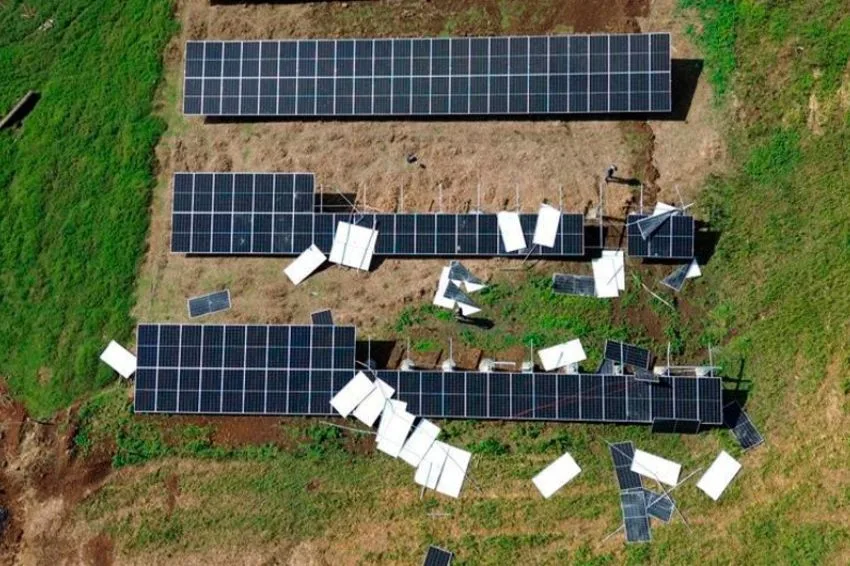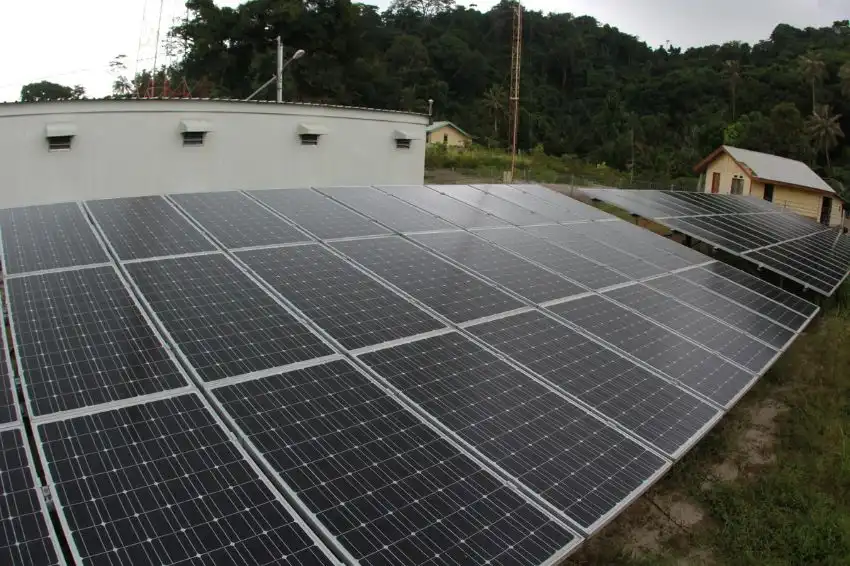When the legal framework for micro and minigeneration was published (Law 14,300/22), brought as an innovation the possibility of pricing contracted demand from generating plants by TUSDg (Distribution System Usage Tariff applicable to the generation segment), if the unit's generation activity predominates over consumption.
Under the old regulations on the subject, the contracted demand was priced by TUSDc* (Distribution System Usage Tariff applicable to the consumption segment) even if the activity carried out in the consumer unit was generation.
This caused some nonconformity among consumers in Group A who pay for the demand, given that Historically, TUSDc is more expensive than TUSDg. It turns out that for the beginning of the application of TUSDg, Law 14,300/22 provided for a condition.
The distributor's tariff review should be awaited subsequent to the publication of the Law, regardless of whether the procedure would be carried out in an ordinary or extraordinary manner. In other words, after the implementation of this condition, there would be no other requirement for DG enterprises to obtain the benefit.
In July 2022, a series of extraordinary tariff reviews for concessionaires and distribution licensees were approved.
Tariff reviews were carried out by ANEEL (National Electric Energy Agency) to promote the offset and/or return of tax credits arising from final court decisions that excluded ICMS from the PIS/PASEP and COFINS calculation basis.
Thus, the doubts of DG holders and distributors began to revolve around the correct methodology for billing generating plants through TUSDg.
It was also questioned whether there would be some way of separating payment from contracted demand, segmenting the use of the network by consumption or generation activity.
Light, a distributor that had its ordinary tariff review process carried out in March 2022, carried out a formal consultation with ANEEL on the topic, indicating that in its tariff structure there were some referenced tariffs that could be applied to the generation segment.
The TUSDg for subgroups A2, A4 and for new generating plants not considered by name were listed, respectively. In response, ANEEL issued Official Letter No. 135/2022.
Although the Agency pointed out the inconsistency between the deadline for carrying out tariff reviews for distributors and the 180-day period granted by Law 14,300/22 for ANEEL to adapt its regulations, ANEEL expressed that the provision of the Law should be applied, if the distributor's assessment recommended the adoption of the measure.
However, ANEEL established additional consideration. It was said that billings made in non-compliance with Law 14,300/22 will likely be corrected in the proposed regulation of the matter by ANEEL.
This consideration once again stirred up the DG segment, as behind the scenes in the electricity sector were already speculating about the creation of a specific TUSDg for the DG segment (TUSDg – DG).
Between the lines, information was circulating that the TUSDg – GD could possibly be more expensive than the TUSDg applicable to the A4 subgroup, in the event that this was the base tariff framework of the consumer unit where the generation plant is installed.
Although the fear is valid, as it deals with the provision for future expenses that may interfere with the projects' cash flow, it is necessary to note that when applying the Law of Introduction to the Standards of Brazilian Law, the proposed correction of billings by ANEEL does not could generate retroactive financial burdens for consumers.
As Law 14,300/22 no longer establishes any conditions for the perception of the right by generating plants, the regulator cannot, at this moment, create such obstacles, contrary to the Introduction Law.
Therefore, the eventual establishment of a specific TUSDg for the DG segment must reach revenues subsequent to the publication of the regulation. The same applies to the case in which there is a proposal to change the billing methodology for contracted demand, linking part of the measurement to TUSDg and part to TUSDc.
Between the risk of adopting TUSDg for GD at this time and the conservative decision to wait for future regulation of the matter, it is certain that the window of opportunity for regulation of Law 14,300/22 is closing.
With its responsive regulatory policy, ANEEL should not delay in updating its regulations.
* TUSDc was only used to differentiate things, in the tariff structure it is used as “TUSD”

















